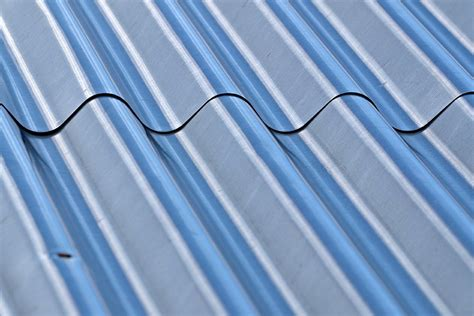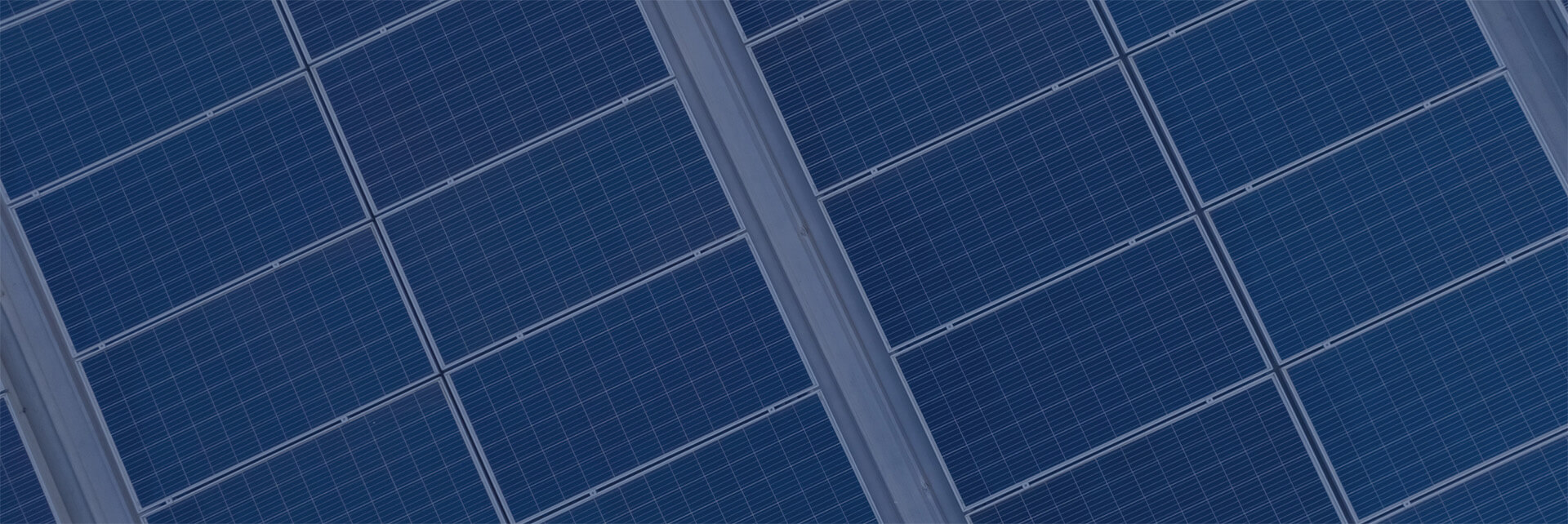A solar array can be successfully installed on pretty much any type of roofing, however the cost and complexity can vary significantly by roofing type. In Ontario we see a fairly narrow range of roofing types so let’s have a look at these and see what the basic differences are with respect to a solar installation.
The two main roofing related details that need to be addressed when installing a solar array are:
- Attachment detail – how is the solar racking connected to the building?
- Weather seal – how is that attachment penetration sealed against ingress of water?
Each roofing type has its own requirements to address these 2 details.
Sloped Roofing Types
Composite Shingles

This includes both asphalt shingles and fiberglass shingles, coated with aggregate. This is the most common roofing type for residential sloped roofs in Ontario and is very straight forward for solar installation. Racking is attached to the roof decking and/or trusses using a self-flashing mounting base. Our mounting base of choice is fully waterproof and certified by the International Code Council for Flexible Flashing. Shingles have a relatively short lifespan compared to other roofing types; when it’s time to replace the shingles the solar array will need to be removed and then re-installed after re-shingling. Consider the age of your shingles and expected time horizon for re-shingling before adding a solar array.

Ribbed Sheet Steel

This is probably the 2nd most common roofing type, especially in rural areas. Long sheets of ribbed steel are installed from eave to peak. Sheets overlap at the ribs, providing protection from water ingress between sheets. Many different rib profiles are available, but all feature flat sections with periodic raised ribs. The sheets are secured with hundreds of screws that are installed through the ribs, placing the screw holes on the rib tops, above the flow of rain water. Screw holes are sealed with rubber washers on each screw. Sheet steel roofing has an expected lifespan much longer than composite shingles.

Solar racking attachments on sheet steel roofs can be made to the underlying rafters or trusses. The penetration in the steel is sealed with sealant and a compression device at the point of contact. However a better, stiffer connection and better seal can be obtained by attaching to the horizontal strapping that sits between the rafters and the steel. In order to do this, the strapping and its attachment to the rafters must be upgraded vs standard installation practice. We recommend at least 2×4 strapping screwed to the rafters/trusses. This can only be done when the roof is being installed; an installation on an existing steel roof with typical 1×4 strapping cannot utilize this preferred attachment method.
Standing Seam Metal Roof (SSMR)

This roofing consists of sheet steel pans that are turned up at the edges. The pans are secured to the roof at the edge and then the edges are either mechanically folded together or click-locked together into a seam. This steam stands above the roofing, hence the term ‘standing seam’. There are no exposed penetrations for roofing screws. All fasteners are hidden inside the seam. This means there are no holes in the steel that could potentially leak. This makes SSMR one of the longest lived and lowest maintenance roofing types and explains its high popularity in commercial applications.

Even more exciting (for us, anyway!) is the ability to attach the solar array to the standing seams. This means that the solar installation is *also* without penetrations. There are many seam profiles and, when planning a solar installation, the solar attachment block must be matched to the seam profile. For new SSMR installations we also recommend doubling the frequency of attachment screws where a solar installation is expected. This is especially true for residential SSMR, which is often a bit thinner than the commercial variety. A mechanically seamed SSMR will offer a stiffer and more stable connection point for solar attachment vs the ‘click together’ style, but will also be more expensive and you may have trouble finding a residential installation contractor capable of mechanical seaming.
Corrugated Steel Roofing

This roofing is similar to sheet steel but is a continuous corrugation, with no flat sections. The continuous corrugation makes sealing penetrations difficult, but there are some specialty brackets available. Be sure to check with your solar contractor on this detail before proceeding.
Roll Roofing
This is the same material as asphalt shingles but it comes in rolls about 3′ wide. This roofing type is one of the cheapest options and is most often found on outbuildings or very low slope roofs. Like composite shingles, rack attachment will be to underlying rafters or trusses. Penetrations are sealed with sealant and mechanical compression but there is no flashing used because there are no multiple overlapping layers like a shingled roof.
Wood Shingles
Cedar shakes and shingles make a stunning roof, but the material has a high degree of compression and expansion with temperature and moisture levels. We recommend against a retrofit installation that penetrates the shingles because the wood shingles are not sufficiently stable. For new installations a roof-hook system can be installed at the same time as the roofing to protect the shingles from the stress of a solar installation. This will require collaboration between your roofer and solar contractor.
Tiles and Steel Shingles
A wide variety of tiles exist for roofing including concrete tiles, ceramic tiles, and many types of steel tiles and steel shingles. These roofing types are uncommon in Ontario and are not suited to a retro-fit solar installation without potentially significant re-work. However if you’re installing new, then roofing-specific solar mounting hardware can be installed along with the tiles for subsequent solar installation. This will require collaboration between your roofer and solar contractor.
Flat Roofing Types
There are a number of flat roofing types, with common types being built-up (tar/gravel), membrane (TPO, EPDM, etc) and torch-down, but we will not go into any detail here because most will share a common installation method: Ballasted racking. To avoid penetrating a flat roof with attachment points, ballasted solar racking is designed to sit on the roof and is held down with ballast, or weight. The main detail regarding roofing type is the interface material between the metal racking and the roofing. For some roof types the rack comes with an integrated roof-protection pad, for others a slip-sheet of sacrificial roofing is placed between the roof and the rack. Your roofing supplier may also have requirements to ensure your roofing warranty remains valid under a solar installation.

What makes a roof solar-ready?
‘Solar-readiness’ includes many structural and electrical factors. This article is only about roofing material and, as you can see from the description above, each roofing material type has unique detailing for a proper installation. Your solar contractor should be able to give you sample drawings and/or clear recommendations related to your preferred roofing type that you can take to your roofer for discussion. Be sure to do this well in advance! Roofers don’t like surprises on the day they show up to start your job.
What’s a ‘re-and-re’?
Re-and-Re is industry language for ‘remove and re-install’. If your roofing needs replacement any existing solar array will need to be removed and re-installed after re-roofing. This is an added cost for any re-roofing project with solar. If you’re building new or replacing a roof in anticipation of solar, weigh the present cost of a roof upgrade against the future cost of a re-and-re. Expect a residential re-and-re to cost between $4000 and $8000, depending on details.
What about ground mounts?

If you’ve got the space for a ground mount and it fits in your budget, do it. Ground mounted solar arrays are accessible for maintenance, allow for snow clearing, and leave the roof alone do its job in peace. If you’re looking at upgrading your roof for superior solar-readiness, perhaps the upgrade budget could be spent on a ground mount instead.
OK, so what’s the best? Our recommendation for best sloped roofing material for solar is SSMR. It’s long lived and penetration-less. If it can work in your project, you’ll be glad you included it.
